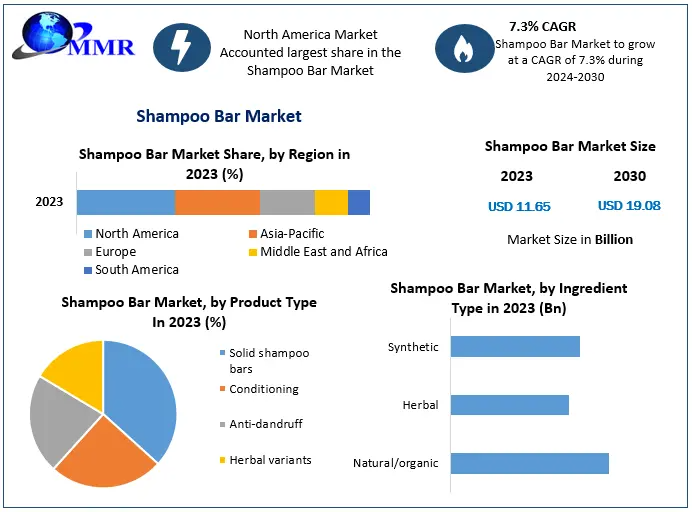Rising Demand Boosts Battery Storage Inverter Market
The global battery storage inverter market is undergoing a transformative growth phase, fueled by the accelerating deployment of renewable energy systems and the urgent need for grid stability and energy optimization. As energy storage becomes an essential component of modern power systems, battery storage inverters are playing a pivotal role in managing electricity flow, enabling load balancing, and integrating variable sources like solar and wind into power grids. The transition toward smarter, more resilient energy infrastructure is creating widespread opportunities for inverter manufacturers and technology providers worldwide.
Market Dynamics
Several macroeconomic and technological forces are shaping the battery storage inverter market. One of the leading trends is the global shift toward renewable energy adoption. Nations across Asia-Pacific, North America, and Europe are investing heavily in solar PV and wind energy projects, and battery storage inverters serve as critical interface devices that convert and manage stored DC power for use in AC grids. As renewable capacity grows, the demand for advanced inverter solutions is rising in tandem.
A second major driver is the rising emphasis on grid reliability and decentralization. With distributed energy resources (DERs) becoming more common, utility companies and consumers alike are investing in energy storage systems that improve power availability and quality. Battery storage inverters help stabilize frequency and voltage fluctuations, particularly in regions with intermittent renewable generation. This functionality is increasingly vital in areas prone to grid instability or peak demand fluctuations.
Electrification of transportation is another catalyst. The expansion of electric vehicle (EV) infrastructure, especially fast-charging networks, is intensifying the need for battery storage systems integrated with inverters capable of high-performance energy management. These systems not only provide backup power but also help in peak shaving and time-of-use optimization for commercial EV fleets.
On the technology front, innovation in inverter topologies and integration with digital platforms is enhancing system flexibility and performance. Smart inverters equipped with IoT sensors, communication protocols, and real-time monitoring capabilities are now being deployed in residential, commercial, and utility-scale projects. These inverters enable dynamic responses to grid signals, making them key enablers of smart grid ecosystems.
Despite the strong growth potential, certain challenges persist. Initial setup costs, regulatory hurdles, and the complexity of integrating storage inverters into existing grid infrastructure are concerns in some markets. However, policy incentives, falling battery costs, and standardization of grid codes are expected to address these issues over time.
Competitive Landscape
The battery storage inverter market is moderately consolidated, with a mix of global leaders and emerging innovators driving competition. Major players such as SMA Solar Technology AG, Huawei Technologies Co., Ltd., and Schneider Electric SE dominate the high-performance inverter segment, offering a diverse portfolio of products catering to both grid-tied and off-grid applications. These companies are heavily investing in R&D to develop inverters with higher efficiency, wider operating voltage ranges, and seamless integration with lithium-ion and other battery chemistries.
SMA Solar Technology, for instance, offers a comprehensive line of storage inverters optimized for hybrid and decentralized energy systems. Its emphasis on modularity and digital connectivity supports both scalability and long-term performance monitoring. The company’s involvement in large-scale grid stabilization projects in Europe highlights its leadership in this segment.
Huawei, leveraging its deep expertise in digital technology, is increasingly expanding its footprint in smart solar and battery storage inverters. Its AI-powered inverters are designed to adapt dynamically to changing grid and load conditions, enhancing system longevity and performance.
Another notable competitor is SolarEdge Technologies, which has gained traction in residential and small commercial sectors. Its inverters, designed to work with battery systems like the LG Chem RESU or its own energy storage line, offer integrated monitoring, rapid shutdown features, and real-time analytics.
In parallel, new entrants and niche companies such as Sungrow Power Supply Co., Ltd., Delta Electronics, and ABB Ltd. are bringing disruptive technologies to the market. Their innovations in hybrid inverter systems, integrated energy storage platforms, and software-driven energy management are broadening application possibilities across residential and industrial sectors.
Collaborations between battery manufacturers and inverter companies are also becoming more common. By jointly developing integrated systems, these players ensure compatibility, enhance energy throughput, and reduce installation complexities for end users. Strategic partnerships and mergers are expected to intensify as the demand for turnkey energy storage solutions grows.
Outlook and Future Opportunities
The battery storage inverter market is expected to witness sustained growth through 2030, driven by decarbonization goals, rising renewable integration, and the evolution of smart grid technologies. Regulatory support in the form of tax incentives, feed-in tariffs, and energy storage mandates in countries like the U.S., Germany, China, and India will play a key role in shaping adoption patterns.
In residential sectors, the integration of rooftop solar with home battery systems and intelligent inverters is set to become mainstream. Consumers are increasingly seeking energy independence and protection from grid outages—trends that will benefit compact, easy-to-install inverter systems.
In the commercial and utility-scale arena, large-scale storage projects coupled with advanced inverters will help balance load and generation, improve power quality, and enable energy arbitrage. Markets in Latin America, the Middle East, and Southeast Asia are anticipated to open new frontiers for storage inverter deployments as infrastructure spending and renewable capacity ramp up.
Digitalization will further redefine product development, with AI-driven inverters enabling predictive maintenance, remote diagnostics, and adaptive energy scheduling. The convergence of battery storage, power electronics, and cloud analytics will lead to smarter, more autonomous energy systems.
As clean energy transitions accelerate, companies like Market Research Future are providing timely insights into evolving technologies, helping stakeholders stay ahead in one of the most dynamic segments of the global energy market.
More:








